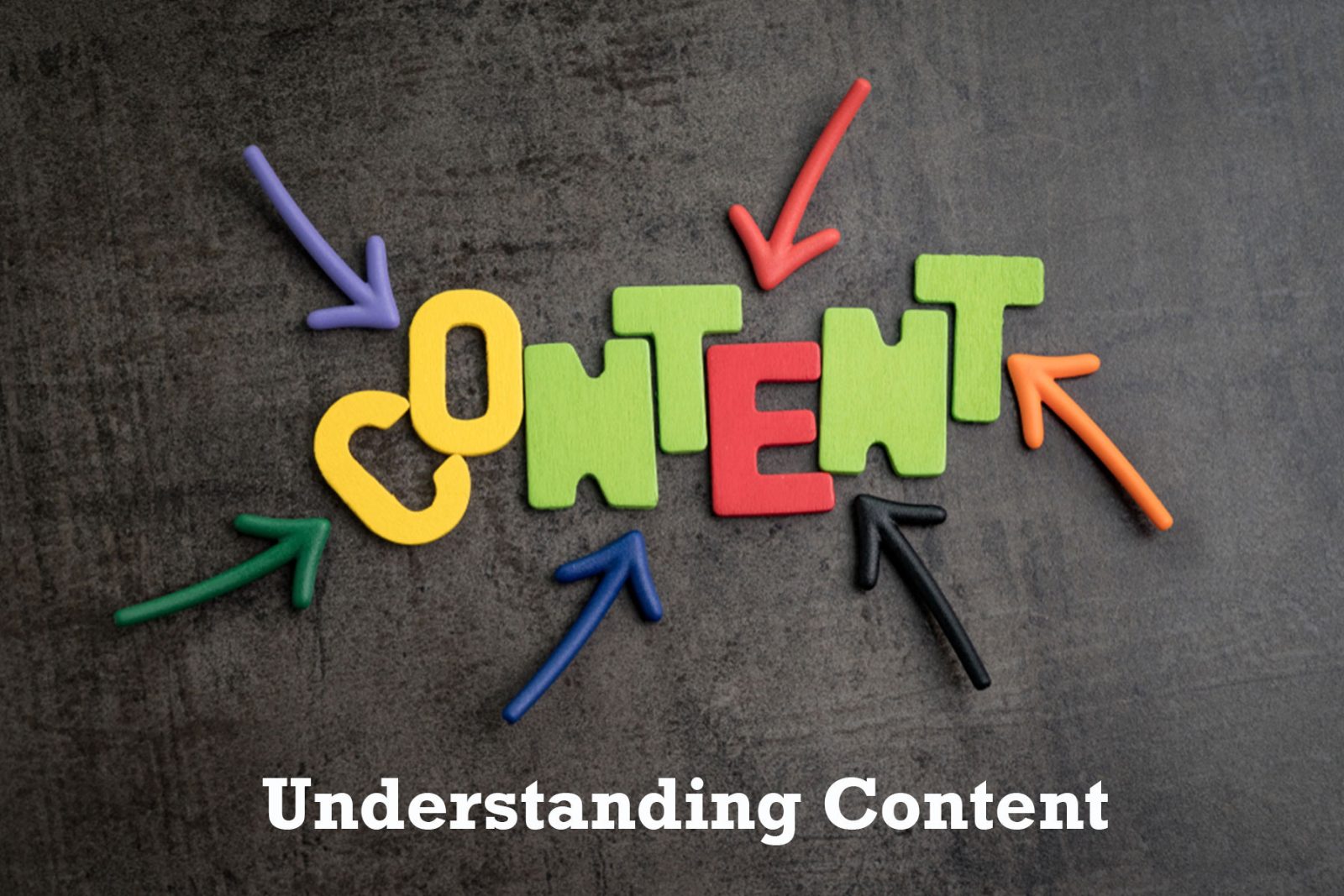The digital marketing world thrives on well-crafted words that can capture attention and convey messages effectively. Understanding the difference between copy and content is crucial for any marketer or writer aiming to make an impact online.
This article will delve into the nuances of copy vs content, exploring their distinct roles, techniques, and the art of creating writing that resonates with audiences and search engines alike.
Understanding Copywriting
Copywriting is the art of writing text for the purpose of advertising or other forms of marketing. The goal is to persuade someone to take a specific action, such as making a purchase, clicking a link, or engaging with a product.
While both copy and content aim to engage readers, copywriting is more directly focused on conversion and sales, differentiating it from content writing, which is more about informing, entertaining, or educating the audience.
The objectives of copywriting include creating a sense of urgency, highlighting benefits, and appealing to the emotions of the target audience to drive a specific outcome.
Exploring Content Creation
Content creation involves producing material like articles, blog posts, videos, and podcasts to inform, entertain, or educate the audience without the immediate goal of selling.
The main difference between copy and content is the purpose behind the writing. Content creation is less about direct selling and more about building relationships and providing value to the audience.
Storytelling is a powerful tool in content creation, as it helps to connect with the audience on a deeper level, making the message more memorable and impactful.
The Power of Engaging Content
Engaging content is essential to keep the audience interested and coming back for more. It’s the key to building a loyal following and establishing trust with your audience.
Techniques for creating compelling content include understanding your audience’s interests, using a conversational tone, and incorporating multimedia elements to enhance the message.
Quality content not only captivates readers but also improves organic rankings by signaling to search engines that your site is a valuable resource, which can lead to increased visibility and traffic.
Copywriting Techniques for Maximum Impact
Copywriting relies on understanding how to influence and persuade readers. Knowing what motivates your audience and how to tap into their desires can significantly boost the effectiveness of your copy.
Using persuasive language, emotional triggers, and storytelling can make your copy more relatable and convincing. This approach can lead to higher engagement and conversion rates.
Effective headlines and subheadings are critical in copywriting as they grab attention and guide readers through the text, making them want to take the action you’re prompting.
The Art of Content Optimization
Content optimization is the process of making your content as appealing as possible to both search engines and readers. It’s a crucial step in ensuring your content reaches its intended audience.
Strategies for optimizing content include using relevant keywords, optimizing meta tags, and ensuring content is mobile-friendly and accessible.
Keyword research and placement play a significant role in content optimization, helping to improve visibility in search engine results and driving targeted traffic to your content.
By understanding the intricacies of copy vs content, you can create more effective marketing strategies that cater to the needs and behaviors of your audience. Whether you’re aiming to inform, entertain, or persuade, mastering the art of writing compelling articles is essential in the digital space.
The Intersection of Copy and Content
When it comes to digital marketing, understanding the difference between copy and content is crucial. Both elements play a significant role in engaging audiences, but they serve different purposes. Copy is the art of persuasion, aiming to prompt action from the reader, while content is about providing value through information, education, or entertainment. A strategy that combines both is necessary for a brand to effectively communicate its message and achieve its marketing objectives.
To truly captivate an audience, it’s important to blend persuasive copywriting with informative content. This means writing in a way that not only informs the reader but also encourages them to take a specific action, whether it’s making a purchase, signing up for a newsletter, or following a social media account. The key is to use the strengths of each to complement the other, creating a seamless experience for the reader.
Many successful marketing campaigns have struck a balance between copy and content. For instance, a blog post that provides valuable insights while also including a compelling call-to-action can lead to higher engagement and conversion rates. Similarly, social media posts that entertain or inform, while also weaving in persuasive elements, can result in increased follower interaction and brand loyalty.
Copy vs Content: Which One Takes Priority?
The priority of copy versus content often depends on the marketing channel in use. Social media, for example, might lean more towards quick, engaging copy to capture attention in a fast-scrolling environment. On the other hand, a company blog might prioritize in-depth content to establish authority and provide value to readers. Each channel has its own set of expectations and best practices when it comes to the balance of copy and content.
When determining the emphasis on copy or content, consider your audience, the platform, and your marketing goals. If the aim is to inform and educate, content should take precedence. However, if the goal is to drive immediate sales or actions, then persuasive copy is key. Understanding your audience’s preferences and behaviors will guide you in tailoring your approach effectively.
The balance between copy and content should align with your marketing goals. If brand awareness is the objective, informative content that is shareable and valuable can help achieve this. Conversely, if the goal is conversion, persuasive copy that leads the reader towards a decision is essential. Testing different approaches and measuring results will help in finding the right mix for your specific objectives.
The Legal Aspects: Copywriting and Copyright
Copyright is a legal concept that gives content creators exclusive rights to their work, allowing them to control how it is used and distributed. This is significant because it protects the intellectual property of writers, artists, and other creators, ensuring they receive credit and potential compensation for their creations.
Copyright infringement occurs when someone uses copyrighted material without permission. This can include copying text, images, music, or any other protected work. It’s essential for content creators to understand what constitutes infringement to avoid legal issues and to protect their own work from unauthorized use.
To respect copyright laws, always seek permission for using someone else’s work, or use content that is in the public domain or under Creative Commons licenses. Additionally, it’s important to provide proper attribution when required. Being aware of and adhering to copyright laws not only avoids legal complications but also demonstrates professionalism and respect for fellow creators.
Overview of essential tools for effective copywriting
Effective copywriting can be greatly aided by a variety of tools. Grammar checkers, such as Grammarly, help ensure error-free writing, while tools like Hemingway Editor can improve readability. For keyword optimization, SEO platforms like Ahrefs or SEMrush can help identify terms that will improve search engine visibility.
Content creation benefits from tools that help with organization, research, and editing. Evernote or Google Docs can be useful for drafting and storing content, while BuzzSumo can provide insights into popular content within your niche. Editing tools like ProWritingAid can refine the quality of your content before publication.
Leveraging technology can streamline and enhance the writing process. Automation tools can help with posting schedules, while analytics platforms can offer feedback on how content is performing. By using these tools effectively, writers can save time, improve the quality of their work, and better engage their audience.
Insights from content creators on their approach to copy and content
Content creators often have unique insights into the balance of copy and content. Many emphasize the importance of understanding the audience and tailoring the message accordingly. They also stress the need for authenticity and consistency across both copy and content to build trust and maintain a cohesive brand voice.
Digital marketing experts typically view both copy and content as essential components of a successful strategy. They often point out that while copy can drive immediate actions, content is crucial for long-term engagement and relationship building. The strategic integration of both is often cited as a best practice for digital marketing success.
Content Copywriting for Social Media
Social media platforms are unique environments where copywriting takes on a different form. Here, you need to grab attention quickly and convey your message before the user scrolls away. The key is to create content that resonates with the audience, using a tone that aligns with your brand’s voice. Each platform has its own nuances, and what works on Twitter might not on Instagram. It’s important to tailor your approach accordingly.
Crafting concise and impactful messages is vital for maximum engagement on social media. With limited space and fleeting attention spans, every word must serve a purpose. This means prioritizing clarity, being persuasive, and sometimes, leaving the audience wanting more. It’s a delicate balance of providing value and sparking curiosity.
To optimize your social media copy and content, leveraging analytics is a game-changer. Analytics tools provide insights into what’s working and what isn’t. By analyzing engagement rates, click-throughs, and other metrics, you can refine your strategy and create more of what your audience loves.
The Role of Copy and Content in Influencer Marketing
Influencers are a powerful asset in today’s marketing world, and they rely heavily on well-crafted copy and content to connect with their followers. The right words can inspire trust and encourage followers to take action, whether it’s trying a new product or joining a movement. Influencers must weave their personal stories with brand messages to maintain authenticity.
Collaboration is key in influencer marketing. Brands and influencers must work closely to ensure that the copy and content reflect both the influencer’s voice and the brand’s message. This partnership can result in compelling campaigns that resonate with audiences and drive engagement.
Measuring success in influencer marketing often comes down to analyzing the effectiveness of the copy and content. By tracking engagement, conversions, and other key performance indicators, brands can determine the return on investment and refine their strategies for future campaigns.
Copy vs Content: SEO Considerations
The relationship between copy, content, and search engine optimization (SEO) is undeniable. Search engines favor websites that provide valuable content and use relevant keywords naturally. High-quality copy and content can improve your site’s ranking, making it more visible to potential customers.
Aligning your copy and content with SEO best practices involves using keywords strategically, creating informative and relevant material, and ensuring your website is easily navigable. Remember, SEO isn’t just about pleasing algorithms; it’s about providing a great user experience.
Keyword research is crucial for optimizing both your copy and content. By understanding what your audience is searching for, you can tailor your writing to meet their needs. This not only improves your SEO but also makes your content more useful and engaging for your readers.
The Evolution of Copy and Content in the Digital Age
The digital landscape is constantly changing, and so are the trends in copy and content. From the rise of video content to the increasing importance of storytelling, staying ahead of these trends is crucial for any digital marketer or content creator.
As we look to the future, we can expect the role of copy and content to continue evolving. With advancements in technology, such as artificial intelligence and machine learning, the ways we create and consume content will change. It’s important to stay adaptable and be ready to embrace new methods.
Adapting to these changes requires a strategy. Content creators and digital marketers should be willing to experiment with new formats and platforms while keeping a close eye on their performance metrics. By doing so, they can continue to create content that stands out in a crowded digital landscape.
Mastering the Art of Copywriting and Content Creation
To create effective copy and engaging content, it’s essential to understand your audience and the goals of your message. This involves research, creativity, and an ongoing commitment to learning and refining your skills.
Continuous improvement is key in the world of copywriting and content creation. By staying updated with industry trends, experimenting with new techniques, and seeking feedback, you can enhance your writing and ensure it resonates with your audience.
There are many resources available for those looking to improve their copywriting and content creation skills. From online courses and webinars to books and industry blogs, taking advantage of these resources can help you grow as a creator and marketer.
Final Thoughts
Throughout this article, we’ve explored the critical differences and interplay between copy and content. We’ve discussed the unique considerations for social media, the role of copy and content in influencer marketing, and the SEO implications of both.
Finding the right balance between copy and content is essential for any successful digital marketing strategy. By applying the knowledge and tips shared here, you can enhance your writing and better connect with your audience, ultimately achieving your marketing goals.





